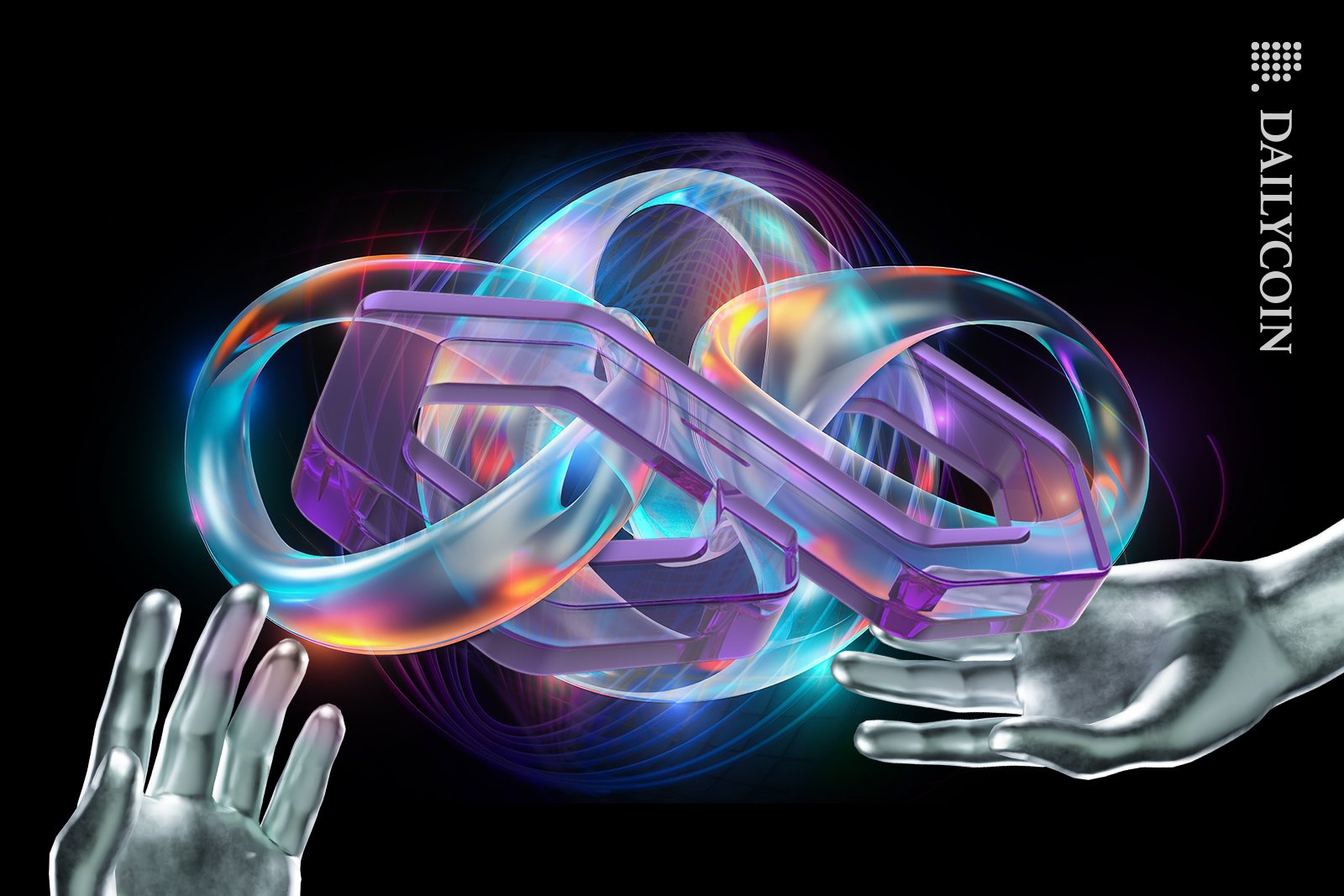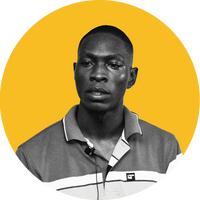
- Polygon Labs plans to connect Layer 1 chains like Solana to Ethereum.
- Over the past year, the team has been hard at work developing tools to make this plan a reality.
- Still, the Polygon (MATIC) vision faces significant hurdles.
In 2023, Polygon Labs, the developers of the eponymous Ethereum scaling solution, unveiled a new roadmap. The goal? To serve as the value layer for the decentralized internet. How? By supporting a network of interconnected blockchains that share liquidity and security with Ethereum.
While the Polygon (MATIC) vision initially appeared limited to Ethereum Layer 2 chains, built with its software development kit dubbed the CDK, it is becoming increasingly apparent that the team’s ambitions reach beyond that. In the latest instance, Polygon co-founder Mihailo Bjelic has shared a chart suggesting no chain is out of reach, including Solana.
Bjelic Hints at the Scope of Polygon’s (MATIC) Ambitions
In an X post on Wednesday, April 10, Bjelic shared a chart showing multiple chains, including Optimistic rollups, Cosmos Layer 1 chains, and Solana, connected to Ethereum through Polygon’s recently launched interoperability protocol, the AggLayer, signaling Polygon’s intentions of connecting everything to Ethereum.
Unsurprisingly, the chart has sparked significant excitement and curiosity. Commenting on Bjelic’s post, erigon.eth contributor Paolo Rebuffo asserted that it was “the best possible vision for the Ethereum ecosystem to date.”
But how will Polygon’s plan work?
All Roads to Lead to Polygon?
At the center of the Polygon (MATIC) vision to serve as the value layer of the internet is the AggLayer, a protocol allowing zero-knowledge chains to plug in and share liquidity with Polygon and Ethereum. It is designed to enable users to experience the entire ecosystem like a single blockchain with “near-instant” and “atomic” cross-chain transactions.
But if the AggLayer is only built to connect ZK chains, how does Polygon also intend to serve as a hub for Optimistic rollups and Layer 1 chains like Solana? The Polygon Labs team appears to be already working on the answers with plug-in ZK-provers.
Sponsored
In November 2023, the firm announced a partnership with the NEAR Foundation to launch a zkWASM prover to allow Web Assembly (WASM) chains like Cosmos Layer 1 chains to batch and prove transactions to Ethereum, automatically becoming ZK Layer 2 chains.
Similarly, in February 2024, the firm disclosed that testing was ongoing for a Type 1 zkEVM prover that any EVM chain, whether Layer 1 or Optimistic rollup, could integrate with minimal modifications to prove transactions to Ethereum.
The inclusion of Solana in the infographic shared by Polygon’s Mihailo Bjelic suggests that the team could also be working on a prover for the Solana Virtual Machine (SVM).
Obstacles to Success
Despite the explosion of alternative blockchains, Ethereum remains the undisputed king of DeFi, with $54.5 billion in TVL across its protocols, more than half the $96.2 billion held across the entire DeFi ecosystem, per Defi Llama data at the time of writing.
The desire to tap into this deep liquidity is why many small Layer 1 chains are folding and declaring plans to transition to Layer 2 chains, a boon for Ethereum scaling solution providers like Polygon Labs.
For big Layer 1 chains like Solana, however, the allure of becoming an Ethereum Layer 2 is not so clear-cut as they are already quite successful in their own right and are seemingly able to compete with Ethereum for investor interest. A March 2024 CoinGecko study found that the Solana blockchain held 50% of all crypto investor interest in Q1 2024, by far the most of any blockchain. Ethereum came a distant second in the ranking with about 12%.
At the same time, despite the lip service paid to the idea of greater interconnectivity in the crypto space, tribalism tends to run deep in the space with competing blockchains and their creators often throwing jabs at each other.
Beyond these, there’s the question of Ethereum’s scalability challenges. Despite the recent Dencun upgrade, data availability constraints continue to plague the network, as recently highlighted by blobscriptions.
How Polygon Labs intends to surmount these hurdles remains to be seen.
On the Flipside
- There are already over 20 projects building Ethereum Layer 2 chains with the CDK that intend to plug into Polygon’s AggLayer.
- A lot of the tools needed to make the Polygon (MATIC) dream a reality are in varying stages of development. Even the AggLayer falls into this category. Though the first version of the protocol is in production, it has yet to reach its full form.
Why This Matters
The bold Polygon (MATIC) vision to serve as the value layer of the decentralized internet with Ethereum as the settlement layer could significantly impact the future of Web3. However, it’s important to acknowledge the challenges involved. Whether they can successfully overcome them will determine the ultimate success of their plan.
Read this for more on Polygon:
Here’s How New Polygon (MATIC) Node Improves zkEVM Scaling
Learn more about MetaMask’s new feature:
How MetaMask Now Allows Users to Check Airdrop Eligibility

